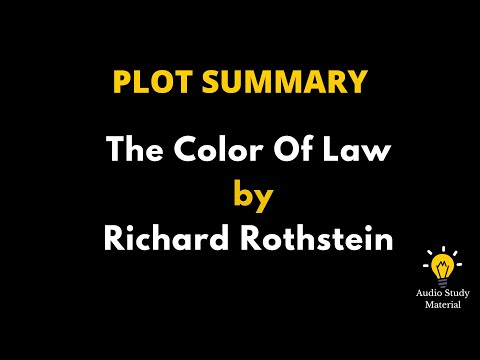
Welcome to our informative article on “Understanding the False Color of Law in the United States: A Comprehensive Overview”.
Before we delve into the intricacies of this topic, it’s important to establish that this article aims to provide a general understanding and should not be considered legal advice. We highly recommend cross-referencing with reliable legal sources or seeking guidance from legal professionals to ensure complete accuracy in your specific legal situation.
Now, let’s explore the concept of the false color of law and its significance within the framework of US law.
📋 Content in this article
The False Color of Law:
In simple terms, the false color of law refers to actions or practices that may appear to be lawful on the surface but, in reality, violate the principles and rights protected by the law. These actions often involve individuals who abuse their authority, misuse legal processes, or manipulate the legal system to unjustly benefit themselves or harm others.
It is essential to recognize that the law exists to protect individuals, their rights, and promote justice. However, instances of false color of law can erode public trust in the legal system and undermine the very foundation of justice.
Identifying False Color of Law:
Recognizing the false color of law requires a keen understanding of legal principles and a careful examination of the specific circumstances at hand. Some common indicators that may suggest the presence of false color of law include:
1. Abuse of Power: When individuals in positions of authority use their power inappropriately or exceed their lawful jurisdiction, it can be a clear sign of false color of law. This abuse can manifest in various forms, such as unlawful arrests, excessive force, or discriminatory practices.
2. Malicious Prosecution: False arrests or prosecutions initiated with malicious intent are another example of false color of law. This occurs when someone initiates legal proceedings against another person without proper legal grounds or evidence, solely to cause harm or gain an unfair advantage.
Understanding the Fallacious Application of Law: False Color of Law Explained
Understanding the False Color of Law in the United States: A Comprehensive Overview
In the United States, the concept of the “false color of law” refers to situations where individuals, including law enforcement officers and government officials, abuse their authority by acting outside the boundaries of their legal powers. This behavior often results in violations of individuals’ constitutional rights and undermines the principles of justice and fairness that our legal system aims to uphold. Understanding the false color of law is crucial for anyone who wants to navigate the legal landscape and protect their rights.
To grasp the concept fully, it is essential to explore the following key points:
1. Definition and Elements:
2. Examples:
3. Consequences:
4. Remedies:
Understanding Color of Law: A Simplified Explanation
Understanding the False Color of Law in the United States: A Comprehensive Overview
When discussing legal matters, it is essential to have a clear understanding of the concept of “color of law.” In simple terms, color of law refers to the appearance or semblance of legal authority when an individual or entity acts under the pretense of fulfilling official duties. These actions may give the impression that they are sanctioned by law, even though they are not.
To grasp the concept more comprehensively, let’s break it down into key points:
– An off-duty police officer uses excessive force during an altercation with a civilian, claiming to act in the interest of public safety.
– A government official demands bribes or engages in corrupt practices while holding public office.
– A private security guard unlawfully detains someone without proper justification or legal authority.
Title: Understanding the False Color of Law in the United States: A Comprehensive Overview
Introduction:
In today’s complex legal landscape, it is crucial to stay informed about the true nature of the law. One particular area that demands our attention is the concept of the false color of law. This article aims to provide a comprehensive overview of this concept, highlighting its significance in the United States legal system. However, it is important to note that readers should always verify and cross-reference the content of this article with reliable sources.
1. Defining the False Color of Law:
The false color of law refers to actions taken by individuals or entities that appear to be authorized and legally valid but are actually illegal or unconstitutional. These actions may be carried out by individuals in positions of authority, such as law enforcement officers or government officials.
2. The Role of Power and Authority:
One key factor contributing to the false color of law is the misuse or abuse of power and authority. When individuals in positions of authority act beyond their lawful powers or violate constitutional rights, they create a false perception that their actions are legitimate.
3. Examples of the False Color of Law:
a. Unlawful Searches and Seizures: Law enforcement officers may conduct searches without proper justification or warrants, presenting their actions as lawful when they are not.
b. Abuses in Arrest Procedures: Deliberate violations of an individual’s rights during arrest can create a false impression that the arrest was conducted within the confines of the law.
c. Discriminatory Practices: When laws or regulations are applied selectively based on race, gender, religion, or other protected characteristics, it creates a false appearance that these actions are lawful.
4. The Consequences of the False Color of Law:
a. Violation of Civil Rights: The false color of law undermines the protection of civil rights guaranteed by the Constitution, such as the Fourth Amendment protection against unreasonable searches and seizures.
b.
